
A teacher accused of lifting a child a foot off the ground to throw him out of a classroom acted with “unreasonable force”, a misconduct panel has heard.
Terry Cripps, from Oswestry stands accused of breaching professional standards over the incident at Woodlands School near Wem, involving a 14-year-old pupil.
A Teaching Regulation Agency (TRA) hearing was told on Tuesday that Mr Cripps’ version of events, involving a necessary and measured physical intervention, differed significantly from that of other witnesses, who reported seeing the boy, named as Pupil A, propelled from the classroom and land on his back in the corridor.
The panel heard incident happened in March 2019, just weeks after Mr Cripps took up a temporary position at the school, which caters for pupils with social, emotional and mental health needs on a temporary contract.
On the day in question another child, Pupil G, who should not have been in Mr Cripps’ classroom, was present at the start of the lesson causing a disturbance.
Some time later she moved to the door to let three other pupils – including Pupil A – into the room. Mr Cripps removed Pupil A and locked the door.
According to Mr Cripps, he did this while shielding himself and Pupil A from the door as Pupil G, a large girl, used it as a “battering ram” against them.
However the then-head of the Wem site Julia Taylor, now overall headteacher of Woodlands, viewed CCTV footage from the classroom and corridor and told the panel she did not recall seeing Pupil G near the door at the point Pupil A was removed from the room.
The CCTV itself could not be shown to the panel, as it had been over-written shortly after the incident.
Paul Wakerley, presenting the case on behalf of the TRA, asked Mr Cripps why he had failed to mention Pupil G’s involvement in his initial statement and his interview during the school’s investigation.
Mr Cripps said he had been guided by the questions he was being asked rather than giving every detail. He added: “There are many things I could have added, but my focus was on myself and my interaction with Pupil A.”
Mr Cripps was also asked about a teaching assistant who had been in the classroom, and who he claimed did not get involved to support him in dealing with the disruption.
This was in contrast to the teaching assistant’s own statement – backed up by another staff member witness – which placed her in the corridor at the time.
Addressing how Pupil A came to be on the floor in the corridor, Mr Cripps said the boy was known to regularly run at doors and “project himself” off them. He said this might have happened after Pupil A was removed from the class, and the subsequent fall was what witnesses may have seen.
This was also in conflict with Ms Taylor’s evidence on what she had witnessed on the CCTV footage.
He said: “To this day I can’t see how I’m responsible for a child falling, who went out forwards then landed on his back.”
In his closing submissions to the panel, Mr Wakerley said: “When you boil this all down, what you end up with is an extraordinary position. Because if what Mr Cripps says is right, everybody else is wrong.
“The two cannot be reconciled, it could not be that somehow Julia Taylor, the head of the school, when watching the CCTV, has somehow missed Pupil G participating in the events at the door completely, and then has completely missed some sort of acrobatic behaviour by Pupil A in the corridor that’s caused his own fall.
“In my submission that’s just completely contrary to her as a witness, who was both measured and careful about what she said.
“I base this case substantially on the evidence of Ms Taylor, but I do say she was supported in the crucial parts of her evidence by all of the other witnesses you have before you, with the exception of Mr Cripps.”
Mr Wakerley highlighted Mr Cripps’ “omission of critical facts” in failing to mention Pupil G in his interview.
He added: “You can rely, on the balance of probabilities, on the evidence given by Julia Taylor – that this child was propelled through that open space by the actions of Mr Cripps.
“That is unreasonable force, and if you find that, that action is unacceptable unprofessional conduct and conduct likely to bring the reputation of the profession into disrepute.”
Addressing the panel on behalf of Mr Cripps, his representative Jim Denham from teaching union NASUWT, said the case against Mr Cripps was “fatally flawed” by the fact the CCTV footage had been lost, as had electronic incident reports made at the time.
He said: “I’m not suggesting any conspiracy here, I’m not suggesting that was deliberate, but I would suggest it is bordering on negligent given Mr Cripps’ future as a teacher depends to some degree on the material.”
Mr Denham said it was also unfortunate that crucial witnesses – including the teaching assistant and another teacher who had been in the corridor – had not been called to give live evidence so their accounts could be challenged.
He said: “I’m not suggesting anybody has deliberately lied, but I think a number of colleagues were all too willing to simply think the worst of Mr Cripps in the absence of any hard evidence.”
Mr Denham also highlighted the fact that Mr Cripps was not suspended by the school as a result of the incident, and worked the remaining four weeks of his contract.
He added that Mr Cripps had an “unblemished” record in teaching and had numerous statements from character witnesses.
The panel will reconvene on Wednesday to deliver its finding on whether the allegations are proved and, if so, whether they amount to unacceptable professional conduct.


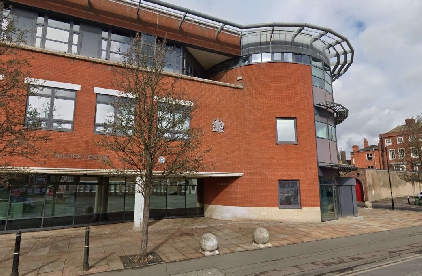 Man prosecuted for working unlicensed as a school security guard
Man prosecuted for working unlicensed as a school security guard
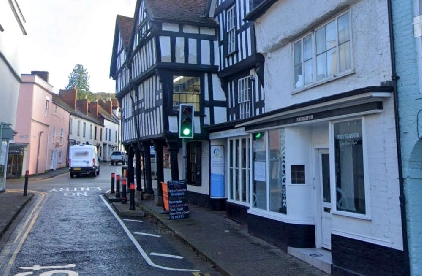 New ‘old’ pub bid in Ledbury rejected
New ‘old’ pub bid in Ledbury rejected
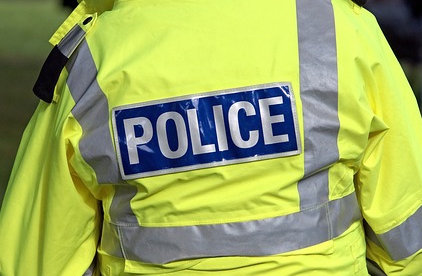 Appeal for key witness of sexual assault in Bridgnorth
Appeal for key witness of sexual assault in Bridgnorth
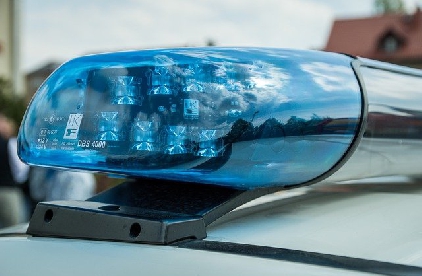 Man dies on A46 near Evesham
Man dies on A46 near Evesham
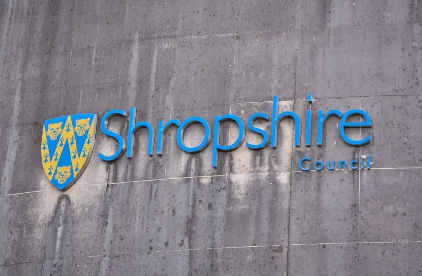 Seven year chicken farm planning tussle to be decided
Seven year chicken farm planning tussle to be decided
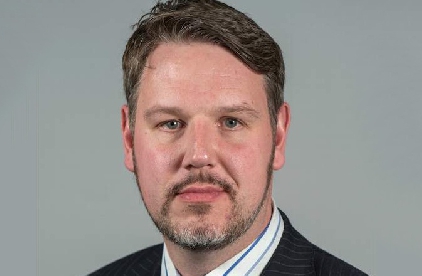 John Campion re-elected as West Mercia PCC
John Campion re-elected as West Mercia PCC
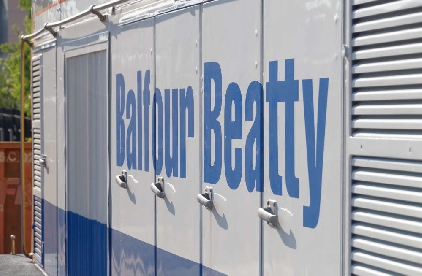 Herefordshire Council ends roads contract with Balfour Beatty
Herefordshire Council ends roads contract with Balfour Beatty
